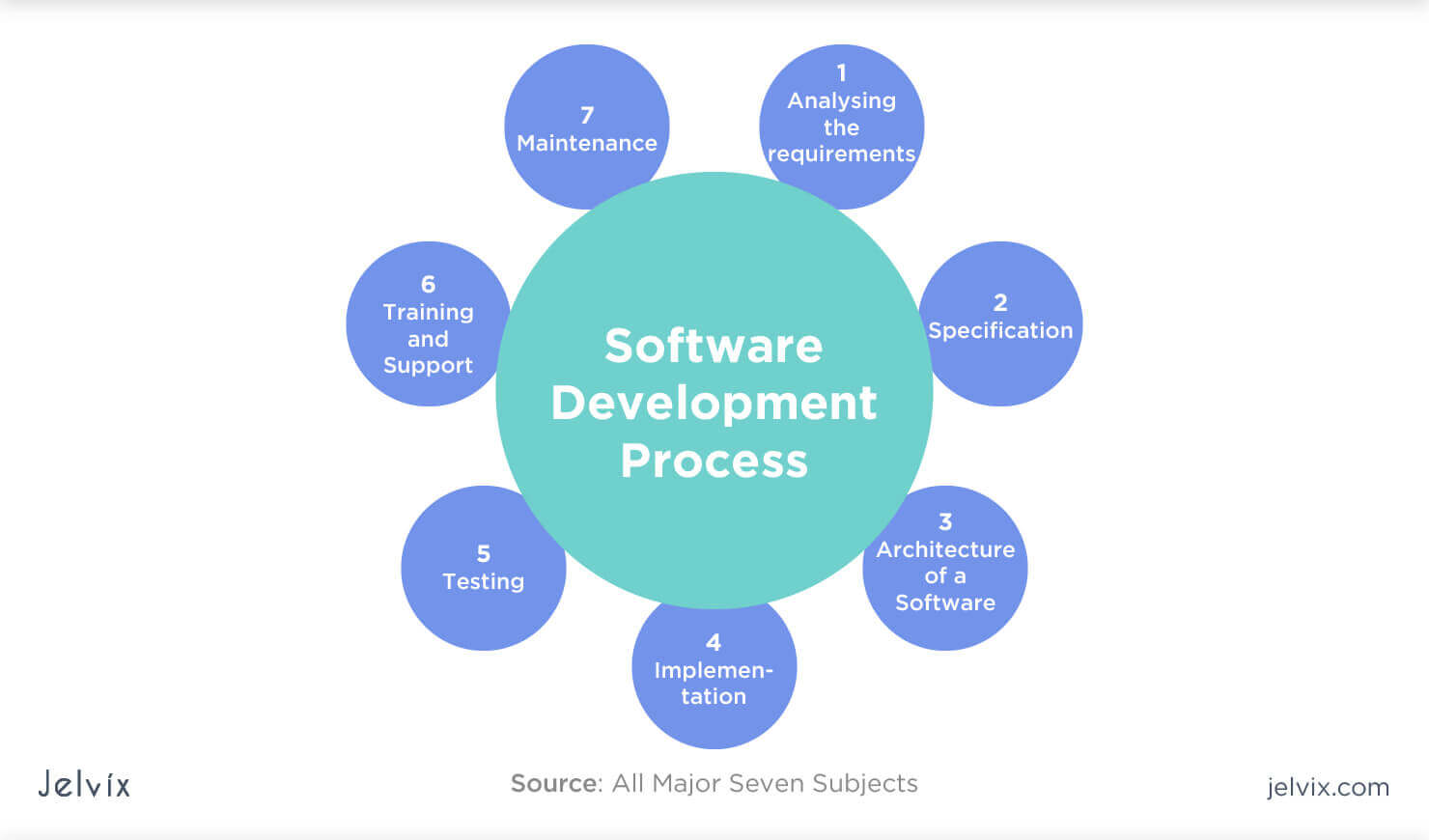Buzz Haven: Your Daily Dose of News and Information
Stay updated with the latest trends, news, and insights from around the world.
Bug-Free Dreams and Code Nightmares
Unravel the chaos of coding with Bug-Free Dreams and Code Nightmares—where coding triumphs meet hilarious fails. Dive in for the unexpected!
Top 5 Strategies to Achieve Bug-Free Dreams in Your Code
Achieving bug-free dreams in your code requires a multifaceted approach. Here are the top five strategies to ensure your coding journey is as smooth as possible:
- Embrace Version Control: Utilizing tools like Git allows you to track changes and collaborate efficiently, minimizing the risk of bugs.
- Implement Unit Testing: Writing tests for your code not only ensures functionality but also catches potential issues before they become problematic in production.
- Code Reviews: Engaging peers in reviewing your code can uncover bugs that you might overlook. Fresh eyes often spot flaws that the original coder misses.
- Utilize Debugging Tools: Familiarizing yourself with IDE tools or browser Developer Tools can help you quickly identify and resolve bugs in your code.
- Stay Updated: Keeping your frameworks and libraries updated ensures you benefit from bug fixes and improvements made by the community.
Incorporating these strategies into your development routine can significantly enhance your coding experience and promote bug-free dreams. The key lies in prevention rather than cure; the earlier you identify and rectify issues, the less time-consuming the process becomes. Each step you implement not only improves your code quality but also builds a strong foundation for your projects.

Common Coding Nightmares: How to Avoid Them
Coding can often feel like a nightmarish maze, filled with unexpected bugs and frustrating errors. One of the most common coding nightmares is the inability to reproduce a bug. Developers may spend hours debugging only to find that they cannot replicate the issue consistently. To avoid this, it is crucial to keep thorough logs of the environment and conditions under which bugs occur. Additionally, implementing version control can help you track changes and isolate when a bug was introduced, facilitating a smoother debugging process.
Another prevalent issue is poor documentation, which can lead to misunderstandings and wasted time during development. Without clear, concise documentation, team members might struggle to understand the codebase or its functionality. To mitigate this, teams should prioritize creating and maintaining robust documentation practices, including clear comments within the code, as well as comprehensive external documents that outline the project structure and design decisions. This proactive approach will not only prevent confusion but also enhance collaboration among developers.
Is It Possible to Eliminate Bugs from Your Code Forever?
When it comes to software development, the quest for a bug-free application is a common goal. However, eliminating bugs from your code forever is a challenging, if not impossible, task. Software systems are inherently complex, and as requirements evolve, new functionalities can introduce unforeseen issues. According to software engineering principles, even the most meticulous coding and testing processes can only minimize bugs rather than completely eradicate them. Continuous integration and deployment practices, along with thorough code reviews and robust testing methodologies, help in reducing the occurrence of bugs but cannot guarantee their permanent elimination.
Moreover, the notion of achieving a bug-free code is often debated among developers. On one hand, striving for perfection can lead to improved coding practices and a better understanding of potential pitfalls. On the other hand, it's crucial to accept that bugs are a natural part of software development. Instead of focusing solely on elimination, developers should adopt a mindset of adaptability and resilience, implementing regular updates, bug tracking, and user feedback mechanisms. This approach not only helps in managing existing bugs but also prepares the codebase for the new challenges that may arise in the future.